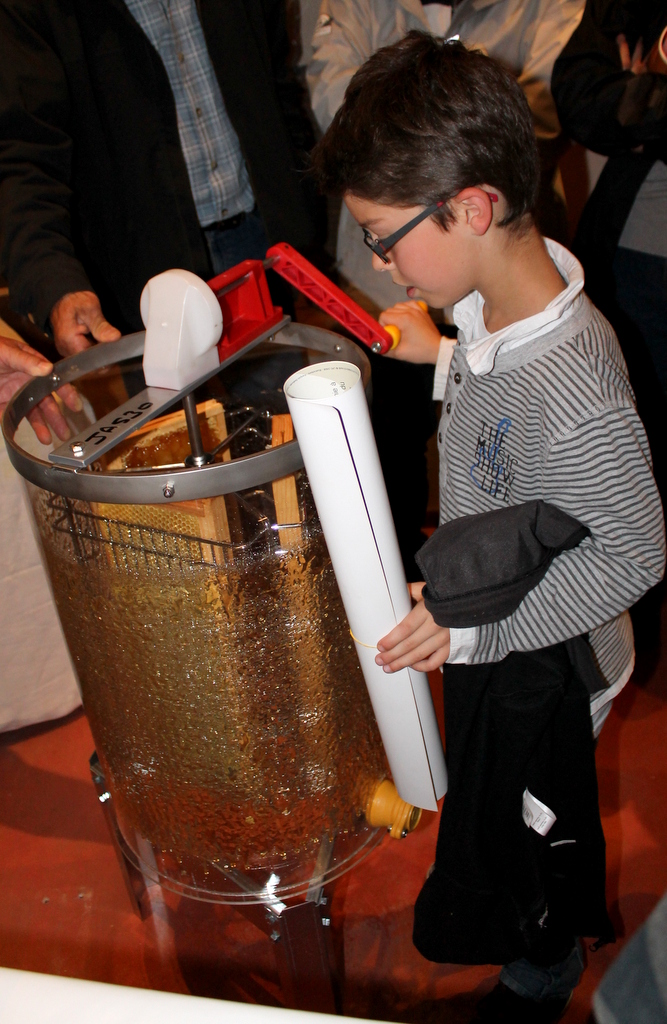It seems that we all had a hot summer. Here, in August we had what they call the canicule – the dog days – with the temperatures nearly every day in mid to high 30s centigrade (95 to 100F).
Throughout June and even July I didn’t mow the area near the beehives.

Throughout August and now in September, the grass – well forget the grass – has been a patch of desert. The more mature trees have decided that they just would rather go into autumn mode and their leaves have turned yellow. Amelia has been watering her precious flowers and smaller shrubs that she has so lovingly nursed, every evening.
We have always enjoyed our daily walks in the countryside around us. After all, isn’t that the main reason why we settled to rural France? However, the recent heat wave has meant that most afternoons we had to close the curtains and stay in the relative coolness of the house. Nevertheless, one walk that we particularly enjoy is to a small lake where Amelia likes to photograph the solitary bees and bumbles.

I prefer to just enjoy the peaceful surrounding and look at the waterlilies.

We had practically no rain since June and I was beginning to wonder if there was enough nectar in what was left of the flowers to feed our girls as well as fill the supers with honey.
Last year I found that the change in the self fertilising variety of sunflowers planted around us meant that the bees could not reach the nectar.

Fortunately, this year the farmers returned to the more traditional seeds which was much more attractive to bees.

They do need to dig deep to collect the nectar, but at least there is no need to fly from flower to flower to collect the precious nectar.

Despite the August dryness and the heat we are fortunate to have a lot of gaura around the garden. Early morning is the best time to see the bees collecting pollen. By around 8am, they have stripped all the pollen from the flowers. But, they do return later in the afternoon to collect the nectar.

I must not forget the lavender also which has been buzzing with bees, bumbles and butterflies throughout the summer.

Our hive Violette suffered most from the afternoon sun. So, for most of this summer I had to shelter her under a beach umbrella, the violet colour of the umbrella is just coincidental!

The bees need plenty of water in summer, mainly to cool their hives. So right in front of their hives I have placed an inverted bottle to fill a dish with water. But it seems that they prefer to go to the zinc basin that is usually filled with water for the birds. I have now modified it by placing a large stone in the middle, so that any bees that might fall in can do a bee paddle to safety.

Our beekeeper friend, Michel recommended that we collect our honey on 19th of August. We used his extractor once more and Amelia and I were delighted to see that we had actually collected a total of 74.5 Kg (164 pounds) of honey. Each of the hives, including the two divisions of this year (Iris and Pissenlit) had done an excellent job. But the prize went to Sunflower hive that had produced the most honey.
We collected two different types of honey: the dark coloured honey containing mainly the nectar from the chestnut flowers which are abundant around our house. We also collected the beautifully yellow honey from the sunflowers. This year the summer honey is different from last year. It is slightly granular in constituency, but has a lovely flavour, as it is mixed with wild flowers.
I do feel a bit guilty stealing their precious honey, but I have checked and they do have adequate reserves in their hives and the ivy is just starting to flower.

Ivy is very important allowing the bees to complete their winter stock. Beekeepers season really starts after the honey collection, when we have to make sure the bees are healthy and ready to go through winter.
– Kourosh


































































